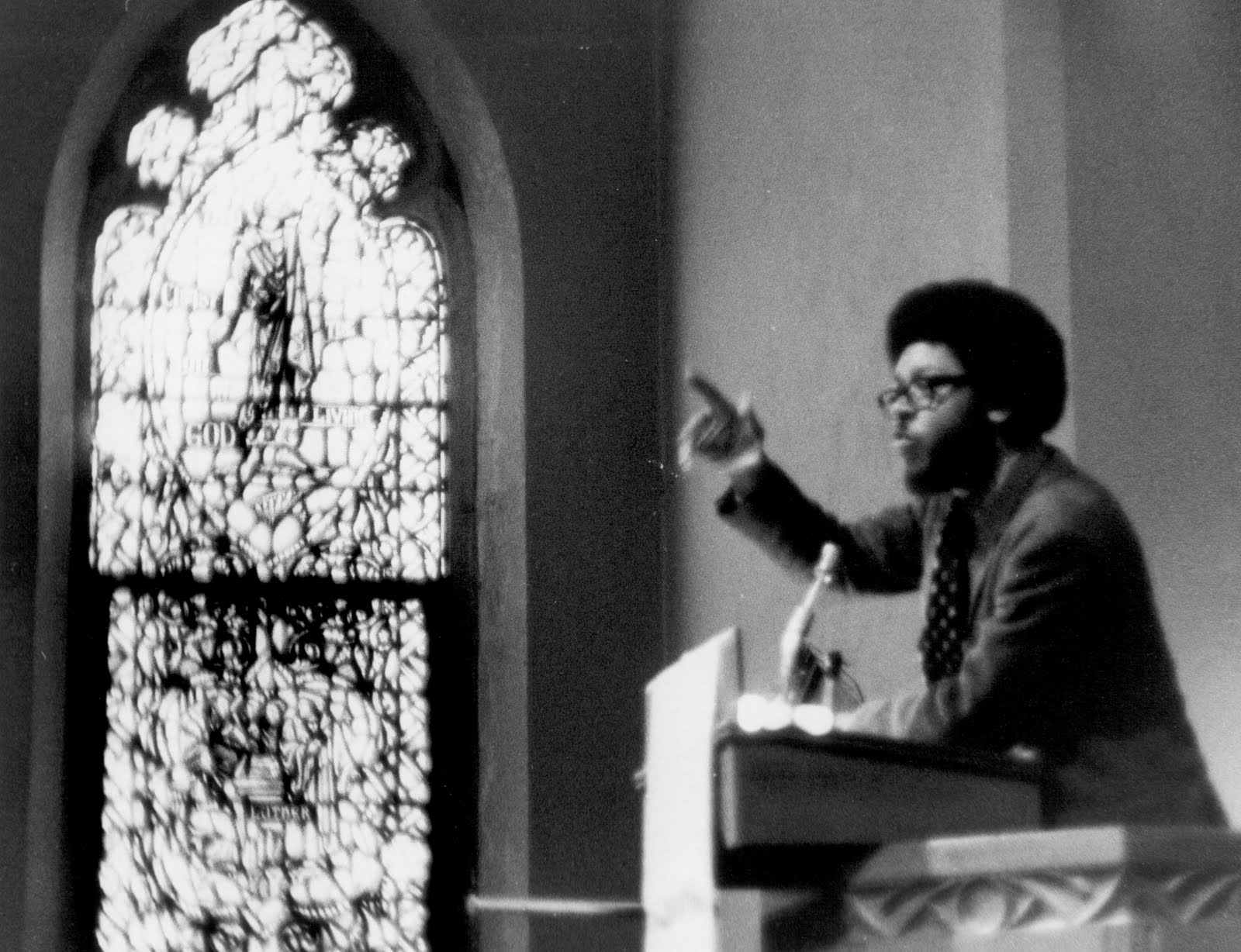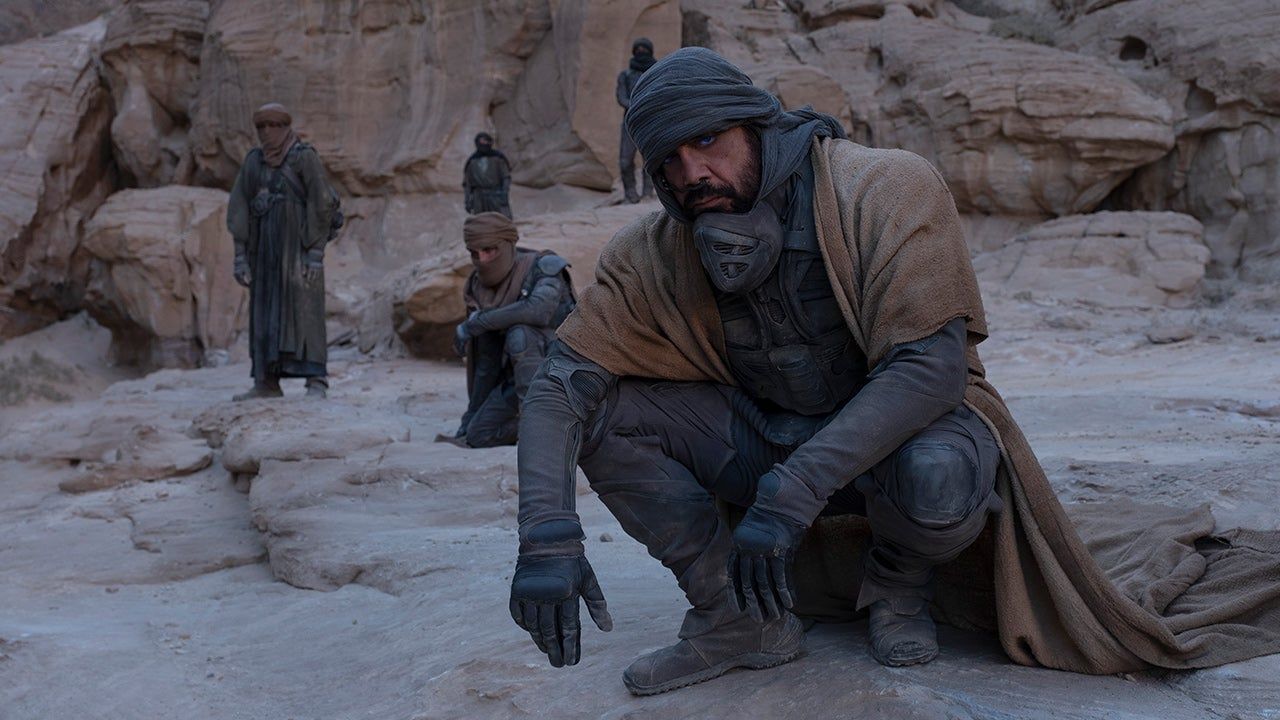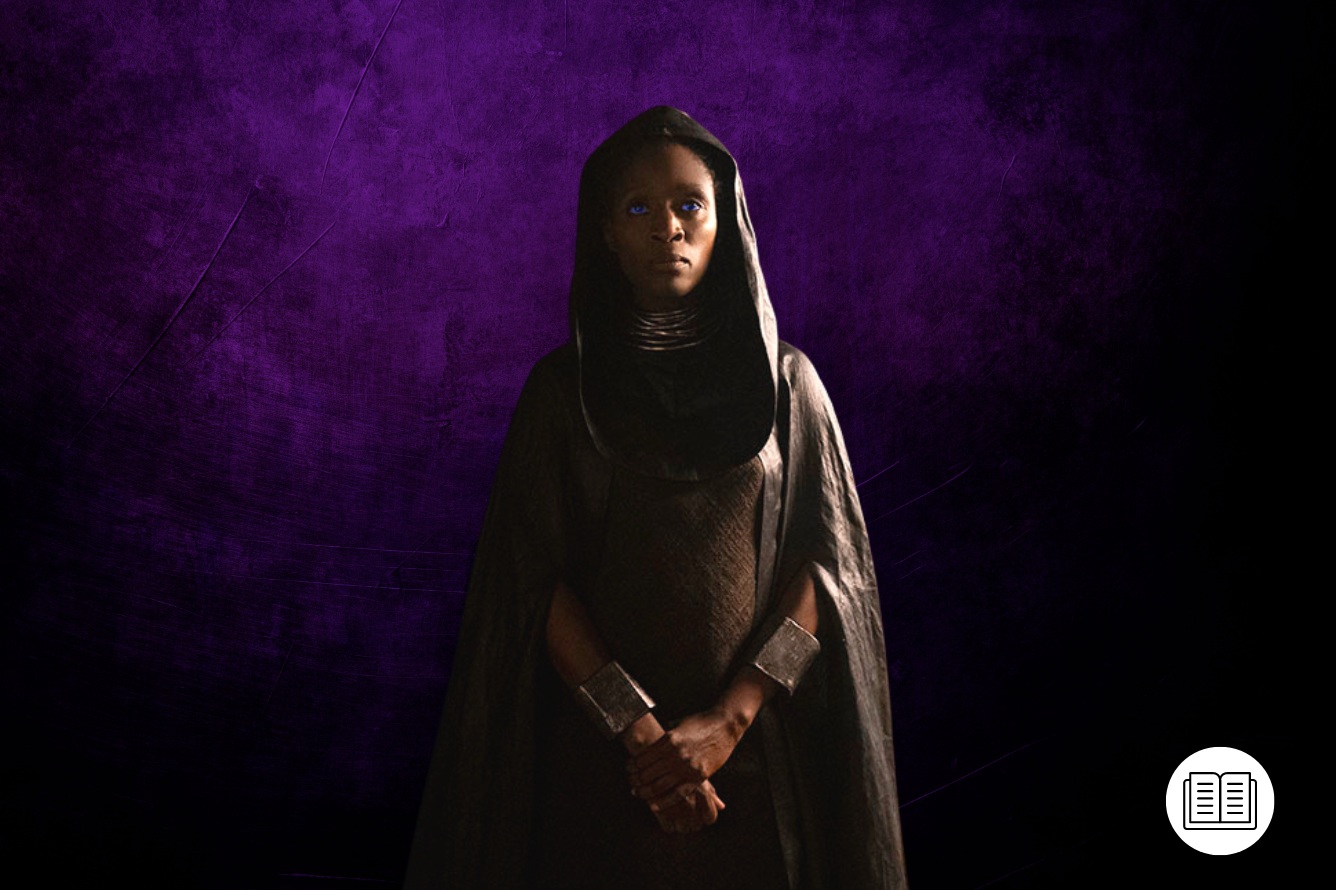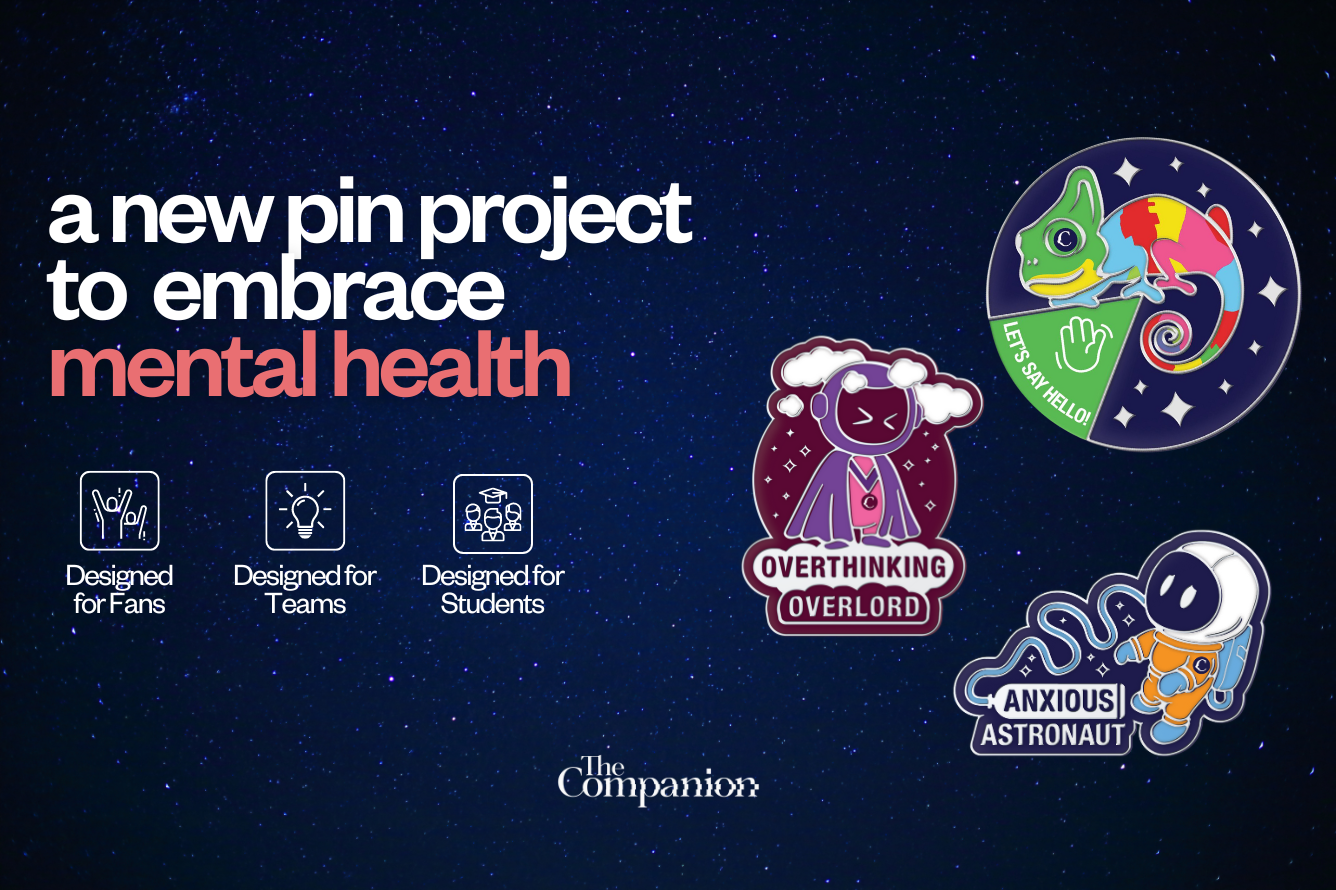Bless the Maker and all His Water.
Bless the coming and going of Him,
May His passing cleanse the world.
May He keep the world for his people.
- A Fremen prayer recited by Liet-Kynes
Frank Herbert's six Dune novels provide an amazing and detailed view of a possible future for the human race among the stars. The world-building in which he engaged spans thousands of years and billions of miles in his speculative future version of our known universe. Religion, specifically the often cyclical manipulations of the Bene Gesserit Sisterhood, plays a role in the narrative. It would certainly be worthwhile in a comparative light, insofar as it incorporates elements of Islam, Zen Buddhism, and Roman Catholicism.
Within the first novel, we are introduced to the Atreides dynasty, the future imperial structure of the known human universe, the society of the Fremen, the incredible Sandworms, and the desert planet known alternately as “Dune”, “Arrakis”, and later “Rakis”. The story arc of Herbert’s own six novels details the development of an interstellar human society across thousands of years, closely following the Atreides family and their loyal supporters. We will first review the relevant plot points around Paul Atreides/Muad’Dib and Liet Kynes, as detailed in this novel.
Maud’Dib is written as a messianic figure for the Fremen society that resists imperial rule. While this surface-level reading could indeed be fruitful for theological examination, it is the reading of Liet Kynes as a true messiah that concerns the present study. For this reading, we will need to first review minister James H. Cone’s Black Liberation Theology, specifically the mentions of dying to “whiteness” and being reborn in “blackness”. Both Muad’Dib and Liet Kynes exhibit some aspect of this dynamic, but close inspection will reveal that it is not the supposed hero of the story who occupies the messianic space in Cone’s thinking.
Viewing the character through the lens of Cone’s beliefs – articulated in 1969’s Black Theology and Black Power – is more potent now with the appearance of a Black British woman, Sharon Duncan-Brewster, as Liet Kynes in Dune: Part One (2021). This is the only radical transformation of either race or gender – let alone race and gender – from the original text to Denis Villeneuve’s film.

The Passion of the Kynes
We first meet the scion of the Atreides clan, Paul, as a sleeping object of observation. His mother, a Bene Gesserit named Lady Jessica (Rebecca Ferguson in the new movie), has prepared him to be tested as a potential Kwisatz Haderach. The Bene Gesserit in Herbert’s universe is a canny sect of women who control the fate of the interstellar empire covertly. They are known, as well, to seed religious ideas on far-flung worlds. The Kwisatz Haderach is a messianic figure in their lore, a male who can withstand the transformative “Spice agony” and thereby obtain some limited degree of omniscience.
Paul, in this case, is remarked upon as “small for his age”, while his mother comforts her religious superior that “the Atreides are known to start late getting their growth.” Paul is to face trial by the Gom Jabbar the following day. This is a trial by ordeal that will reveal to the Bene Gesserit whether Paul is human or “animal”, a distinction that they make based on the ability to control one’s instincts in the face of potential pain. In the novel, Paul is described further when he meets the Reverend Mother again for his trial:
The old woman studied Paul in one gestalten flicker: face oval like Jessica's, but strong bones [...] hair: the Duke's black-black but with the browline of the maternal grandfather who cannot be named, and that thin, disdainful nose; shape of directly staring green eyes: like the old Duke, the paternal grandfather who is dead.
This description is sufficient, along with the surname Atreides that hints at mythical Greek ancestry, to deduce that Paul would likely be seen as “white” or at the very least European in his features. There is of course some irony to using this descriptor for a character who lives at a time when homo sapiens have quite forgotten the name of the planet that first sent them to the stars. Nevertheless, Herbert himself was very much a product of a world that knew Europe.
Paul is the son of a Duke, Leto Atreides, who is sent to rule Arrakis for the Padishah Emperor. He is born into aristocracy in a world filled with palace intrigues. The Atreides are to take Arrakis from the Harkonnens who currently rule in tyranny. While Leto is praised as a fair man, his position is nevertheless one of imperial imposition. To be sure, the Harkonnen rule is harsh and the Atreides rule promises to be fair, but it is still rule by an external colonizer. The empire has need of Melange” the spice produced by giant Sandworms who live only on Arrakis, that allows faster-than-light travel through “space folding” by the Navigator’s Guild and the mental powers of the Bene Gesserit both. Terms of colonialism are very much apt here, as the imperial aim for the planet is the continued production and export of a valuable natural resource, whether the indigenous population cares for this practice or not.
Ultimately, the “maternal grandfather who cannot be named” turns out to be the hated Baron Vladimir Harkonnen. This detail serves principally to underscore the Bene Gesserit’s aims in manipulating heredity. They are the keepers of parental and birth records and they acknowledge, later, that they had hoped to bring the Kwisatz Haderach in the generation following Paul Atreides through an acknowledged Harkonnen-Atreides union. It is additionally stated that a Bene Gesserit can control the sex of a gestating fetus and that Jessica was supposed to only bear female children for Duke Leto Atreides, thereby setting up the future union of Atreides and Harkonnen. By bearing a son to Leto, Jessica disrupts this plan.

The Harkonnens are secretly allied with the Emperor to destroy the Atreides, a feat accomplished by the assassination of Leto resulting in Paul’s and his mother’s flight to the desert. It is here that the scion of the Atreides meets the Fremen, a desert-dwelling people indigenous to the planet. Paul is seen as a potential messianic figure both by the Bene Gesserit and by the Fremen, based on a cultural legend that was likely planted by the Bene Gesserit generations ago. Following his father’s assassination, he is indeed sent into the desert and into Fremen society. Before this, however, he encounters the planetary ecologist Dr. Kynes who, through palace intrigue, had received imperial instructions to aid the Harkonnens in eliminating the Atreides. Kynes, however, is impressed by Paul, recognizing traits of the promised Fremen messiah within the younger man.
His first encounter with the people he had been ordered to betray left Dr. Kynes shaken. He prided himself on being a scientist to whom legends were merely interesting clues, pointing toward cultural roots. Yet the boy [Paul] fitted the ancient prophecy so precisely. He had “the questing eyes”, and the air of “reserved candor.” Of course, the prophecy left certain latitude as to whether the Mother Goddess would bring the Messiah with her or produce Him on the scene. Still, there was this odd correspondence between prediction and persons.
Ironically, the Atreides have already heard of Kynes by another name. He was given the name “Liet” by the Fremen and is known by this double identity. For much of the narrative in Dune, the Atreides are unaware of the connection. Indeed, Paul himself only realizes that “Liet” and “Kynes” are the same person after his death. Paul does indeed retake Arrakis from the Harkonnens. He takes the entire empire, in fact. It is here that perhaps the greatest contrast between our two potential messiahs can be seen: Paul Atreides/Muad’Dib seizes the reins of power and continues a system of empire. Liet Kynes dies in a Passion narrative – the name given to Biblical accounts of the suffering and death of Jesus Christ – at the hands of that same empire. He is executed by the returning Harkonnens as an ally of both the Fremen and the Atreides, dying of exposure in the desert while hallucinating the presence of his father.
The death of Liet Kynes parallels Matthew’s Passion narrative (Matthew 26:30–27:66), with both Liet Kynes and Jesus suffering mockery at the hands of powerful empires and both engaging in a one-sided dialogue with their fathers who appear to refuse help. In Matthew 27:46, we hear an echo of Psalm 22:
And about three o'clock Jesus cried with a loud voice, "Eli, Eli, lema sabachthani?" that is, "My God, my God, why have you forsaken me?"
Liet Kynes’ hallucinatory dialogue with his own father is distinctly more antagonistic than the one in the gospels, yet still, he laments:
Why aren't you helping me? Kynes wondered. Always the same: when I need you most, you fail me. He wanted to turn his head, to stare in the direction of his father's voice, stare the old man down.
One of his last thoughts is the recollection of his father warning him that the Fremen could find no worse fate than to fall into the hands of a hero. This, however, is precisely the fate to which they are delivered. Liet Kynes does not only echo Jesus of Nazareth in literary form. As we will shortly see, it is his story that bears more in common with Christian messianism when viewed through the lens of James Cone’s theology. We will turn first to a brief overview of Cone’s understanding both of “whiteness” and of salvation. In Cone’s terms, we will see the novel’s Liet Kynes as “black” and Paul/Muad’Dib as “white” – the metaphorical now literal as a Black female Liet Kynes stands in stark contrast to Timothée Chalamet’s sallow Paul Atreides.
Black Liberation Theology Explained
One of the signature contributions James H. Cone made to theology was his attention to the merging of moral language and racial description; Cone called out boldly for the inversion of the association of “white” with “good” and “black” with “evil” that has been baked into theology. From 1969, Cone identified “white” with the structures of hegemony and authority in the world, stating in Black Theology and Black Power (1969):
There is, then, a need for a theology whose sole purpose is to emancipate the gospel from its 'whiteness' so that blacks may capable of making an honest self-affirmation through Jesus Christ.
Later, in explaining the draw of both Malcolm X and Martin Luther King, Jr., Cone ascribed his love of blackness to Malcolm and his love of the church to Martin. Yet, his early work is marked by an unease with Christianity as practiced in the United States. He wonders, “Is it possible to strip the gospel as it has been interpreted of its ‘whiteness’, so that its real message will become a live option for radical advocates of black consciousness?” This is not an idle, rhetorical question. Numerous leaders in the nascent Black Power movement questioned whether the slave-owning religion that birthed the Ku Klux Klan could be a useful and positive spiritual home for black people. Malcolm X, for example, rejected Christianity as the “white man’s” faith and looked to Islam instead.
In addressing this question, Cone begins to define his understanding of “white” and “black” as they relate both to Christian ethical concerns and to race. Idiomatically, the English language has long associated “white” with goodness and “black” with evil. Cone sought to reverse this, seeing instead that enslaving people could only be evil in the eyes of the God of Exodus, who freed the Hebrews from slavery at the hands of the Ancient Egyptians. Such a God becomes incarnate not for the continuation of an unjust status quo, but explicitly for the liberation of an oppressed people. This is manifest in the form of Jesus Christ, who is born into a Jewish population marginalized by Roman rule.
Jesus' work is essentially one of liberation. Becoming a slave himself, he opens realities of human existence formerly closed to a man [sic].
With these equivalencies, Cone begins to establish his dynamic of blackness as allied with God and liberation against oppressive whiteness. For those of European descent, Cone brings a note of liberation as well. It is not, however, the same note he sounds for the oppressed. “If the work of Christ is that of liberating men [sic] of alien loyalties, and if racism is, as George Kelsey says, an alien faith, then there must be some correlation between Black Power and Christianity.” Whites must be liberated from their own racism, while blacks will be liberated from the oppression of whiteness. “The white structure of this American society, personified in every racist, must be at least part of what the New Testament meant by the demonic forces.”

Whites, for Cone, must be liberated from the demonic structures that they themselves have either created or been complicit in continuing. This is, all at once, a call to repentance and to liberation. Due to Cone’s playfulness with terminology, it may be confusing to consider how a person born of European heritage might become black or indeed be liberated from “whiteness”. In this Cone isn’t talking specifically about skin color – although it clearly correlates as Cone was speaking to the uniqueness of the African-American experience – but the distinction between the oppressed and the oppressor.
This read on sin further informs Cone’s understanding of social interaction. Cone never hesitates to name the evil of whiteness, either in the abstract or in the particular and historical notion of white brutality against black bodies, writing in Black Theology - Black Church (1984):
What is most amazing about the black community as a whole and the Black Church, in particular, is their willingness to forgive whites their brutality during slavery, lynching, and even oppression today in the ghettos of the urban cities. But despite our willingness to extend the right hand of fellowship, whites continue their massive assault upon the humanity of our people and get angry with us if we say we don't like it. It seems that whites have been allowed to do what they wish to us so long that they regard such inhumane invasion of black humanity as synonymous with their freedom.
In his estimation, then, the structures of whiteness—the structures of oppression—are the same as those New Testament forces described as demonic. They are the supports of an unjust system of exploitation. How, then, can one extricate oneself from this system and engage in the project of liberation?
Cone proposes in God of the Oppressed (1975) that this is accomplished by dying to one’s whiteness and being reborn as black:
When whites undergo the true experience of conversion wherein they die to whiteness and are reborn anew in order to struggle against white oppression and for the liberation of the oppressed, there is a place for them in the black struggle of freedom. Here reconciliation becomes God’s gift of blackness through the oppressed of the land. But it must be made absolutely clear that it is the black community that decides both the authenticity of white conversion and also the part these converts will play in the black struggle of freedom. These converts can have nothing to say about the validity of their conversion experience or what is best for the community or their place in it, except as permitted by the oppressed community itself […] white converts, if there are any to be found, must be made to realize that they are like babies who have barely learned how to walk and talk.. .For if whites are truly converted to our struggle, they know that reconciliation is a gift that excludes boasting. It is God’s gift of blackness made possible through the presence of the divine in the social context of black existence. With the gift comes a radical change in lifestyle wherein one’s value system is now defined by the oppressed engaged in the liberation struggle.
This rebirth is key to understanding this reading of Dune. Cone suggests here that those who have benefited from whiteness must be doubly converted as Christians. In this, he echoes the story of Cornelius in Acts 10 and 11. Cornelius is a Roman centurion known to be faithful to the God of Israel, yet God still sends Simon-Peter to his house with a message of salvation. An agent of the empire must not only be converted religiously but doubly converted by the community of the oppressed. As a Roman Citizen at the time of the Roman Empire, Cornelius is “white” whilst Simon-Peter, a Jewish fisherman subjugated by that empire, is “black.”
Whiteness and Paul Muad’Dib
Understanding Cone’s explicit linkage of whiteness with sin and empire, we begin to understand the roles of Liet Kynes and Paul/Muad’Dib. The latter comes to the space of the oppressed indigenous population as an outsider and a conqueror from the same “white” aristocracy that rules Arrakis. Paul/Muad’Dib becomes Fremen in name yet perpetuates a system of empire that does not lead nor contribute to the meaningful liberation of Fremen society.
It would be possible to assert that Liet Kynes presents a more authentic messiah figure than Paul/Muad’Dib. The significance, however, goes still deeper than this. Liet Kynes not only represents a more authentic messianic figure, but he also represents a man who has died to whiteness and been reborn into blackness in order to become such a messiah. This transformation is both necessary for and indeed at the center of what Cone suggests for people born to whiteness.
Cone makes reference to the Philippian jailer who frees Paul and Silas in Acts 16 as a representative of one who seeks conversion to blackness-with-God. Paul and Silas – treated falsely as non-citizens, aka “black” – are jailed for interrupting a Roman couple’s use of a slave girl as a fortune teller. They are beaten and jailed but miraculously freed. Their jailer asks them how he might be saved. Paul and Silas are later released yet demand an official apology, as they were treated as vagrants although they were, in fact, Roman citizens. They demand not only their release but the additional acknowledgment that their capture was unjust to begin with. The transformation has both personal scope, insofar as the jailer and his family are converted and become followers of Jesus, and societal scope, insofar as the magistrates are humbled and made to apologize for their ill-treatment.

Continuing the allegorical read of this passage and what it has to say about whiteness in society, we can read it as follows. It is in the first place unjust and injurious to the people of God that white supremacy exists. Recall that Paul and Silas were jailed not as much for preaching a different religion but for threatening to disrupt the dominant and exploitative hegemony of the wealthy in Roman society. The current dominant and exploitative hegemony of the United States is nothing more and nothing less than what Cone calls whiteness. Inasmuch as whiteness is the support scaffolding of the new empire, it is inherently opposed to the work of liberation in Christ.
Cone goes on to discuss this saving work, stating in Christianity and Crisis Vol. 35 (1975):
The resurrection means that God's identity with the poor in Jesus is not limited to the particularity of his Jewishness but is applicable to all who fight on behalf of the liberation of humanity in this world [...] His presence with the poor today is not docetic; but yesterday, today also he takes the pain of the poor upon himself and bears it for them [...] If Jesus' presence is real and not docetic, is it not that Christ must be black in order to remain faithful to the divine promise to bear the suffering of the poor?
Here we recall Paul’s and Silas’s demand that the magistrates recognize not just that they are free to go but that indeed they were unjustly imprisoned. This struggle is not a pie-in-the-sky delivery of salvation but a call to a just social order here and now. This is the crucial difference between Liet Kynes and Paul/Muad’Dib. Liet Kynes has chosen to aid the Fremen in creating an arable climate on Arrakis. He has become part of Fremen society; indeed, he is leader of a Fremen community. He has married, had children, and taken a name as a Fremen. His final thoughts in the novel are:
Any desert creature would know what was happening. And I am a desert creature, Kynes thought. You see me, Father? I am a desert creature. He felt the bubble lift him, felt it break.
It is true that Liet Kynes dies to protect what he believes is the messiah of the Fremen, yet it is also the case that Paul/Muad’Dib cannot fulfill this role in any allegorical reading of Dune, unless Christ becomes an emperor of a very real political realm. Paul/Muad’Dib seizes the Padishah Emperor’s throne and initiates another dynastic reign. In this reign, Fremen are not freed from but are subsumed into imperial society. They are “liberated” only in the sense that they are now part of the machinery of empire. Paul/Muad’Dib’s liberation is not subversion of their exploitation. It is a simple inversion of an exploitative power structure. Herbert follows this reign for five further novels, and his son picked up the seventh, eighth, and a series of prequel novels set before the events of Dune.
Liet Kynes dies to the whiteness of empire and exploitation before we meet him. Recall that he is both the Imperial Planetologist and the Judge of the Change, charged with ensuring that the transfer of power from Harkonnen to Atreides is lawful and appropriate. It is from this position that he acts in subversion of the aims of empire. Should Arrakis become an arable climate, the great sandworms that supply the necessary Spice will become extinct. His plan is to slowly and gradually create a paradise for the Fremen. This must necessarily come at the expense of the empire. His actions, then, are not the simple inversion of Paul/Muad’Dib, but rather a subversion and—indeed—a transvaluation of values.
Like Christ, he dies humiliated and alone, calling out to a father who may not hear him. Yet Herbert puts him in the analogous role of John the Baptist, proclaiming the coming messiah. For Herbert’s novel, the messiah who comes does not bring subversion, liberation, or transvaluation. He brings only a different emperor for the same empire.
This article has been abridged and edited for a wider audience with the permission of its author and was first published in its current form on September 9th, 2021, on the original Companion website.
You can read the original, The Blackness of Liet-Kynes: Reading Frank Herbert’s Dune Through James Cone, in the Religions special issue So Say We All: Religion and Society in Science Fiction (2018), published under a Creative Commons license.
The cost of your membership has allowed us to mentor new writers and allowed us to reflect the diversity of voices within fandom. None of this is possible without you. Thank you. 🙂







